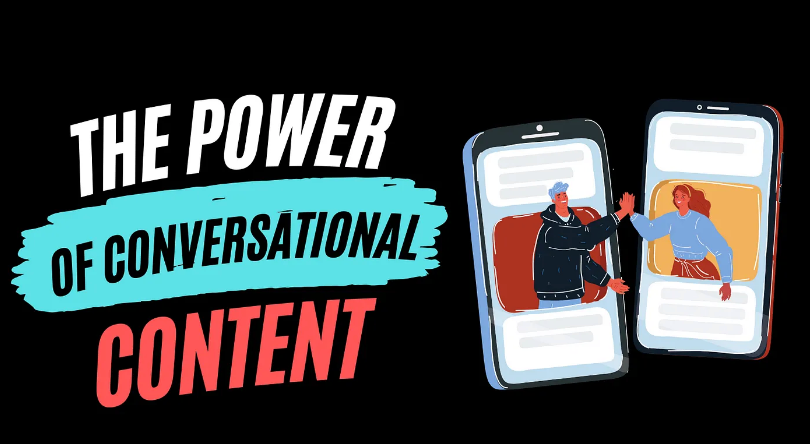Amidst the constant barrage of information, content creators face a daunting challenge: How can they capture and hold their audience’s attention in today’s digital landscape?
The renowned marketer, Seth Godin offers a compelling answer:
Content [should] aim to start a conversation or give your audience something to discuss.
In essence, he advocates for content that goes beyond mere dissemination of information; rather, content should spark dialogue, ignite curiosity, and invite participation.
In healthcare marketing, this philosophy translates into creating content that goes beyond the clinical facts—it sparks dialogue, kindles curiosity, and invites active participation from patients and caregivers alike. In a noisy digital environment, where broadcasting messages can feel impersonal, healthcare marketers must strive to engage their audience in meaningful conversations.
The Impact of Conversational Content
Conversational content in healthcare takes various forms, ranging from insightful articles and interactive social media posts to engaging multimedia experiences. The goal is to resonate deeply with the audience by addressing their concerns, values, and aspirations directly. By doing so, healthcare providers can establish a personal connection that fosters trust and loyalty.
One of the most powerful outcomes of conversational content is its ability to cultivate community. By encouraging dialogue and inviting feedback, healthcare marketers can create a sense of belonging among patients and caregivers. Whether through interactive online forums, live Q&A sessions, or patient testimonials, these interactions strengthen relationships and enhance the overall patient experience.
Driving Engagement and Empowerment
Beyond fostering community, conversational content enhances patient engagement by empowering individuals to take an active role in their healthcare journey. Content that solicits feedback, encourages questions, and provides personalized insights not only educates but also motivates patients to make informed decisions. This approach promotes adherence to treatment plans, encourages healthy behaviors, and ultimately improves health outcomes.
Practical Applications in Healthcare Marketing
Implementing conversational content in healthcare marketing begins with understanding the audience—knowing their preferences, concerns, and communication preferences. From there, healthcare providers can tailor their content strategy to resonate effectively with patients and caregivers alike. Whether through interactive health quizzes, informative blog posts, or social media campaigns that encourage dialogue, each initiative should aim to nurture meaningful connections and inspire positive actions.
Challenges and Best Practices
While leveraging conversational content, healthcare marketers should remain mindful of common pitfalls. These include overlooking audience preferences, maintaining an appropriate tone, and ensuring consistency across platforms. By actively listening to feedback, refining content strategies, and staying attuned to industry trends, healthcare organizations can continuously improve their engagement efforts and foster a culture of open communication.
As a conclusion, Seth Godin’s insight reminds me of the power of conversation even when that conversation is mediated by a digital screen. The more we create content that sparks dialogue and invites participation, the stronger the connections, the deeper the engagement, and the more we can inspire positive change. By creating content that sparks dialogue and invites participation, we can build stronger connections, drive deeper engagement, and inspire positive change.
Discover more from Health Care Social Media
Subscribe to get the latest posts sent to your email.
